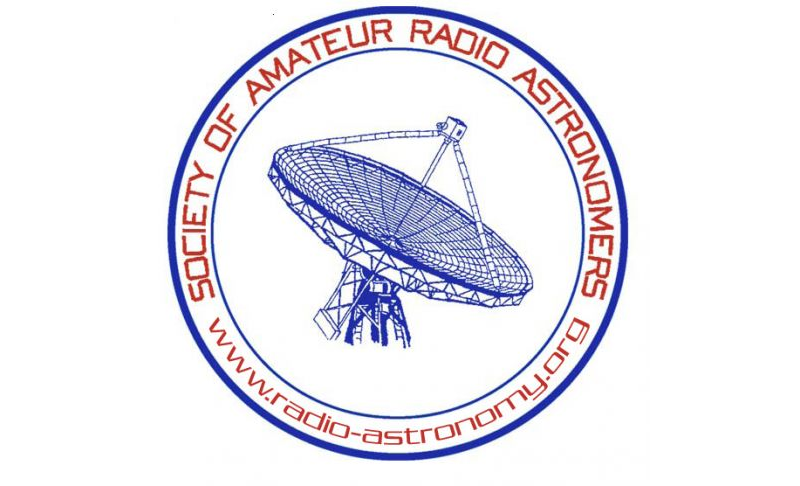There are many facets to being a radio hobbyist, but if you’ve ever had the urge to dabble in radio astronomy, check out “The Novice’s Guide to Amateur Radio Astronomy,” a presentation at the 2024 conference of the Society of Amateur Radio Astronomers. In that presentation (see the video below), [Nathan Butts] covers everything from why you should take up the hobby, how to set up a software defined radio (SDR) receiver, and how to repurpose old computers. This is just one of a series of videos recently posted from the conference — check out their channel to see them all.
Unlike optical astronomy, you can listen to the universe by radio during the day or night, rain or shine. You don’t need a dark sky, although these days, a quiet radio location might be hard to find. [Nathan] also points out that some people just want to crunch data collected by others, and that’s fun, too. There are many ways to get involved from designing hardware, writing software, or — of course — just listening.
It has never been easier to get involved. Cheap software-defined radios are perfect for this sort of work, and we all have massive computers and scores of small data-collection computers. Maybe you’ll be the next person to hear a Wow signal. If you are worried about fielding an antenna, many people repurpose satellite dishes.

















Excellent article, It confirms my working theory of natural radio, I’ve made many recordings using a SDR and it really is transformative, I even stopped buying ABBA vinyl records for the summer
Scott, Neath
I chuckled out loud at that last comment. Thanks!
After a couple of forays into DIY radio astronomy I am excited to learn about SARA (although I’ve not watched the video yet).
The Society of Amateur Radio Astronomers website can be found here: https://www.radio-astronomy.org/
Using an old DirectTV dish ($5), homemade a dipole antenna (and helix antenna, although I didn’t have success with that one) tuned to 1420MHz, an LNA ($50) to feeding the signal to an SDR, I was able to observe the hydrogen line.
The main issue I ran into was my was oval and mounted receiver was offset at an angle. This made it difficult to understanding where it was being aimed. I’ve been wanting to take another crack at it, but try to get a round/symmetrically dish with the receiver in the center, where I can easily know where it’s pointing (and also that the right part of the antenna is at the focal point).
Why not aim it at the Sun until you get a maximum? Then attach an aiming rod to the side of the dish.
See https://web.mit.edu/8.13/www/JLExperiments/JLExp46.pdf
I ended up doing something similar, but I was manually aiming it, which made getting readings a bit tricky. I ended up with a rough indication of how to angle it. But still had to find the focus point. The dipole antenna could easily mount in the original receiver’s spot and worked ok. But the helix antenna need a custom arm. I had some designs for an adjustable antenna mount, but had to put the project on hold and haven’t revived it since.
If (hopefully, when) I take another shot at it I’ll get a better, bigger, symmetrical dish. I would also love to design it with motorized mounts, even if just on one axis.
Thought emporium did a cool video on it. https://youtu.be/aeah3fFYlnA
There is a book on the subject: Amateur Radio Astronomy By John Fielding, ZS5JF, Size 240x174mm, 384 pages, ISBN 9781-9050-8667-2
In my recordings there really is grounds to suspect there is a parallel to dial up modem telephony and the upper linitstin the RF frequencies
The Radio Jove Project has several participants that are able to capture RF emissions from the planet Jupiter with an SDR, a basic antenna, and some free software. Check it out at:
https://radiojove.gsfc.nasa.gov/index.php
Emissions from the Sun are readily viewable with the software as well.
LOL … I posted this before watching the video.